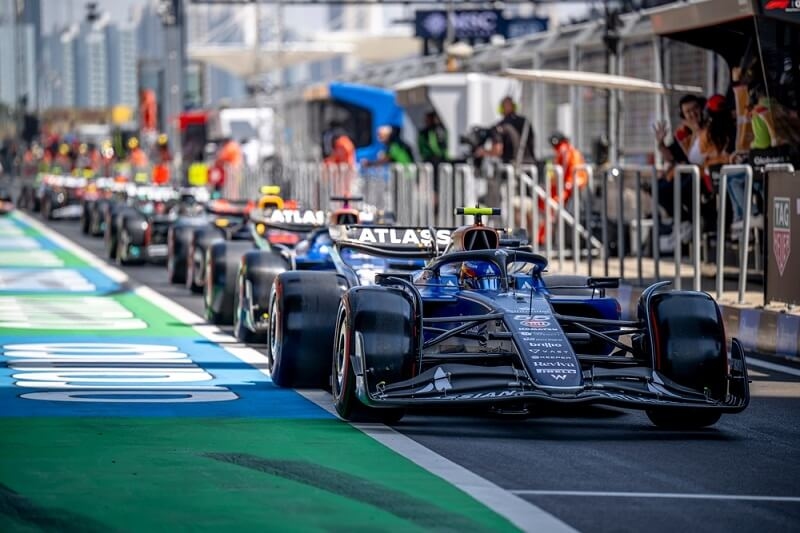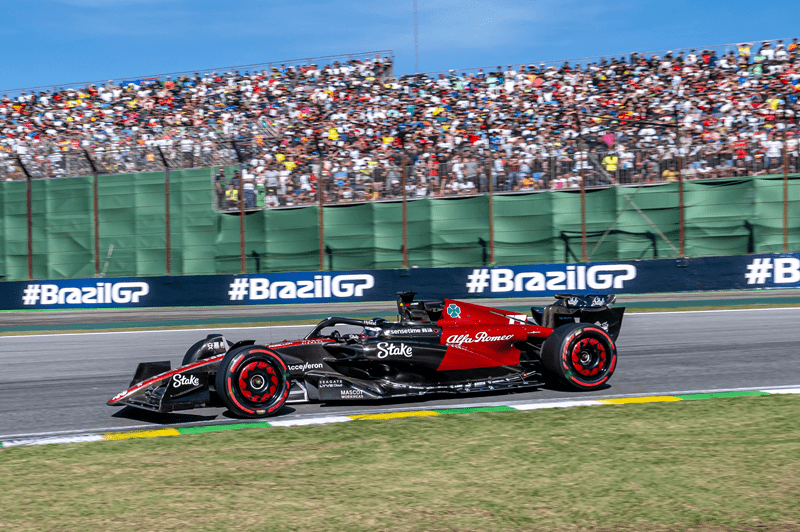Making F1 Successful in Asia: Challenges & Solutions

Formula One (F1) is the worlds premier motor racing championship, attracting millions of fans from all corners of the globe. A large number of fans are expected to turn up for the Formula 1 Heineken Silver Las Vegas Grand Prix from November 16-18, 2023 also. However, as F1 continues to expand its reach, Asia remains the missing part of the puzzle. Despite the fact that Asia is home to some of the worlds most populous countries, F1 has struggled to gain a foothold. This blog post will explore why F1 has not been as successful in Asia as in other regions, as well as potential solutions.
The Challenges of F1 in Asia

Despite its global reach, F1 has yet to make a significant impact in Asia. There are several reasons for this, ranging from logistical to cultural. Logistical Challenges The first and most obvious challenge is simply logistical. On a global scale, F1 is an incredibly complex and expensive undertaking. Setting up a Grand Prix requires a massive amount of planning and coordination, including the selection of a suitable venue, the construction of a race track, and the transportation of all of the necessary equipment. In Asia, this is made even more difficult due to the sheer size of the continent and the wide variety of cultures and languages. As a result, it can be difficult for F1 to find suitable venues and coordinate all of the necessary resources.
Cultural Challenges in Asia
The second major challenge is culture. In many parts of Asia, motorsport is not as popular as it is in other parts of the world. This can be attributed to a variety of factors, such as the fact that many Asian countries have limited access to motor racing events. Additionally, motor racing is perceived as a luxury sport that is out of reach for many in the region. In addition, there is a perception that F1 is old-fashioned and out of touch with the needs of modern audiences. This can be attributed to the fact that F1 has been around for so long and, as a result, has not kept up with the latest trends in sports entertainment. This has made it difficult for F1 to attract new fans in the region. Potential Solutions Despite the challenges, there are a few potential solutions that could help F1 become more successful in Asia.
Localizing Formula One
The first solution is to localize F1. This means making the sport more accessible to local audiences by introducing regional rules and regulations, providing more localized commentary, and incorporating local culture into the sport. This could involve partnering with local organizations to host events and incorporating local elements such as music and food into the race day experience. Additionally, this could also involve creating more localized sponsorships and partnerships, which would help bring in additional revenue.
Creating More Accessible Events
The second solution is to create more accessible events. This could be done by introducing smaller events such as karting or Formula E races, which would allow new audiences to experience the excitement of F1 without the cost and complexity of the full-scale events. Additionally, this could involve introducing more affordable ticket prices and making it easier for fans to attend events remotely.
Asia Remains the Missing Part
Asia remains the missing part of F1s global expansion plan. Despite its potential, F1 has struggled to gain a foothold in the region due to logistical and cultural challenges. However, there are a few potential solutions that could help F1 become more successful in Asia. These include localizing F1 and creating more accessible events. With the right approach, F1 could become a major player in the Asian market and reach new heights of success.
This content was created by AI




